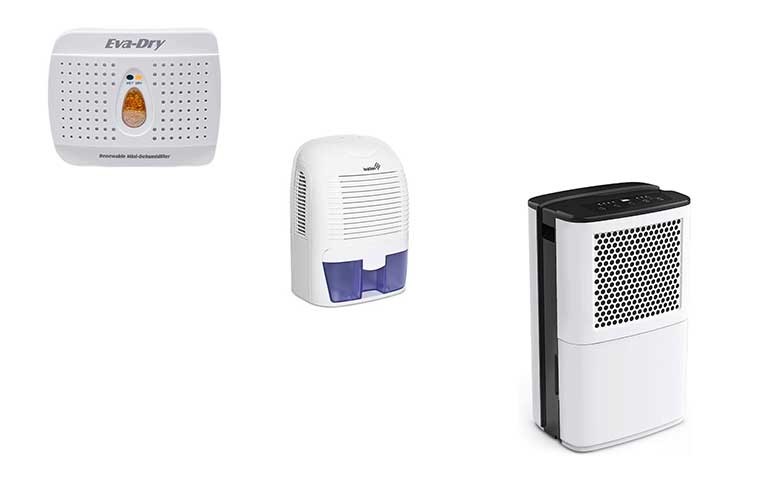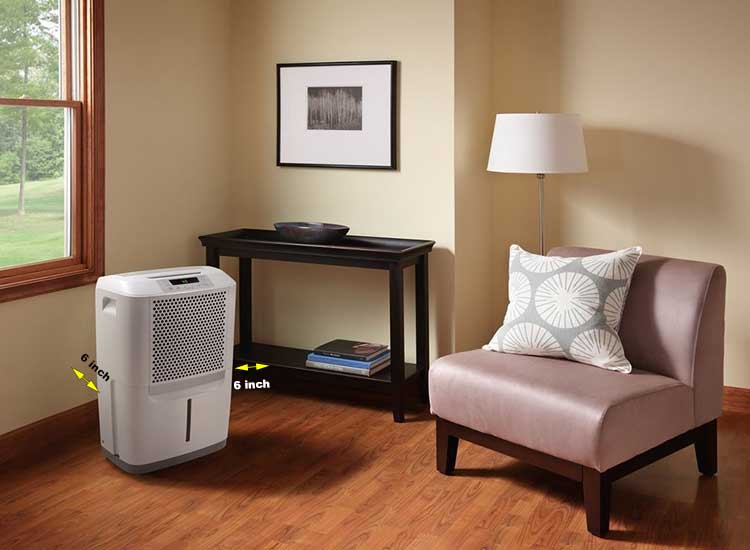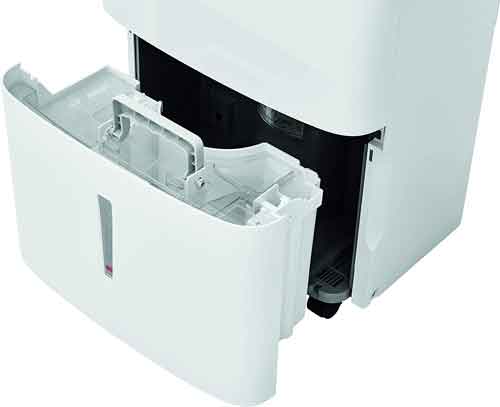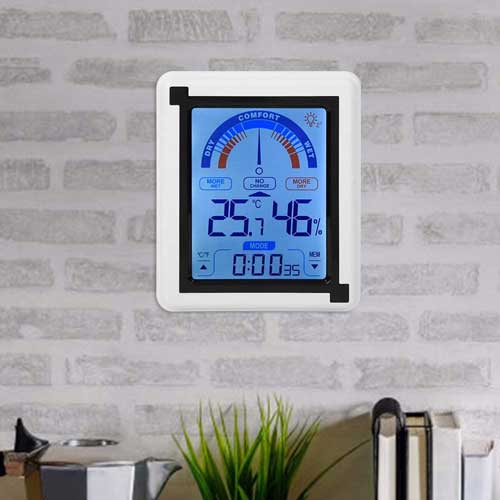Dehumidifiers are meant to remove moisture from the air and ensure that your home is not damp, making it more habitable to you and your family. However, there are cases where your dehumidifier might not function properly or deliver your desired results.
Here are invaluable tips to ensure your dehumidifier’s optimal performance.
Select the Right Dehumidifier
Various factors come into play when choosing a suitable dehumidifier for your home. First, you need to consider the amount of moisture you need to extract from the air within 24 hours. The size of the room to be dehumidified also matters.
For instance, it would help if you go for a bigger model with a higher pint removal capacity if your space is large or if you intend to use the device in a highly humid area like the basement. On the other hand, a compact dehumidifier works perfectly for smaller rooms and moderately damp spaces.

Buying a unit that’s too big will only make you spend unnecessarily on the purchase price and energy bills. You also risk over-drying your indoor air and inviting the adverse effects of an excessively dry atmosphere. Conversely, a unit that’s too small for your space is likely to under perform in its moisture extraction duty and fail to make a significant impact on your moisture issue.
Also, ensure to have a good look at your prospective dehumidifier’s salient features before making a purchase. If, for instance, you want to reduce energy consumption and save on bills, you must go for an energy efficient dehumidifier. Some features like an internal pump, incessant drainage, timer, and continuous mode also come in handy when looking to dehumidify less frequented and highly-humid areas, such as the basement.
Appropriate Positioning
When figuring out the best place to install your dehumidifier, first consider the source of humidity, airflow restrictions, and your room size.
You’ll want to ensure that your unit extracts as much moisture as possible before the dampness infiltrates the other areas of your home by placing it near the source of humidity.
Also, a dehumidifier that’s too close to the wall, furniture, ceiling, and curtains, among other objects, cannot perform optimally because the airflow is restricted. The best place to install a dehumidifier is at the center of the room (appropriately), where unobstructed airflow is guaranteed or at least 6 inches away from other furniture or appliances.
To get the most out of your dehumidifier, consider installing it in trouble areas such as the basement, bathrooms, crawl spaces, and kitchens.
Empty the Tank Regularly
Empty the condensate tank regularly to ensure the optimal performance of your dehumidifier.
This should be easy as most dehumidifier come with an indicator that illuminates to indicate that the tank is full. Also, the device will shut off automatically when the bucket fills up, which prevents accidental spillage.
 To ensure that your unit resumes its operations and delivers optimally, empty the tank promptly by pouring out the condensate into a sink or drain.
To ensure that your unit resumes its operations and delivers optimally, empty the tank promptly by pouring out the condensate into a sink or drain.
Some models support continuous drainage and allow you to connect a hose to drain out the water automatically.
Clean and Maintain the Dehumidifier
Your dehumidifier calls for reservoir cleaning with warm soapy water or a disinfectant once in a while. This is because mold and bacteria tend to build up quickly inside a dirty tank.
Also, ensure to clean the air intake and exhaust grilles at least once per month. This prevents the buildup of dust and debris, which may cause a blockage.
- You should also replace older parts and maintain your dehumidifier regularly to ensure that it operates efficiently for many years.
- Place the dehumidifier at the right place, adjust the humidistat per the room’s humidity level, and replace the filter frequently.
- To prevent overheating the compressor, make sure that you wait for at least 10 minutes after turning off your dehumidifier before turning it back on again.
- When the weather is too cold, for instance, during the winter, frost may build up in the dehumidifier. To avoid this problem, purchase a self-maintaining dehumidifier that features an automatic defroster, which melts the ice to ensure uninterrupted operation. If your unit lacks the defrosting feature, turn on a heat source and turn off the dehumidifier to allow the room temperature to rise before turning it on again. Alternatively, you may place the device higher because the air near the roof is a bit warmer.
- Ensure that you read the manufacturer’s manual to learn how you can troubleshoot your dehumidifier. For example, when the dehumidifier stops running yet the indicator light is on, check the tank’s water level and inspect the unit to see if the switch responsible for turning it off has been activated accidentally. You can resolve this issue by pushing the on/off button or readjusting the tank.
Close the Doors and Windows
Opening the windows and doors may cause your dehumidifier to work harder during summer and most humid days. These openings allow humidity from the outside to infiltrate your home, making an otherwise effective unit under-perform in making your room moisture-free. Other than benefiting the machine, closing the windows and doors can significantly reduce energy bills.
Select the Humidity Levels Appropriately
Getting the humidity levels in your room right is one effective way of keeping your dehumidifier running smoothly. If you’re wondering what the right moisture level is, ensure to aim for a relative humidity of between 40 and 50 percent, depending on where you live.

You can check the humidity levels with a specialist if you experience difficulty getting the right amount, mainly if you’re using the device to protect valuable items, such as classic cars.
Check for Leaks
Are you using an appropriately-sized dehumidifier, have positioned it at the right place, and maintain it appropriately, and it’s still not working properly?
You may have to inspect your home for other issues, such as too much moisture in your room. Unusually higher moisture levels in your home could result from leakages.
Ensure to inspect leak-vulnerable areas, including under the sinks, in the bathrooms, and around the pipes that direct water into your home. Given that it might be hard to detect leaks, check for the telltale signs of leakage, including mold growth and water stains on the ceilings and walls.
Lingering odors and wobbly shower heads may also be signs of water leakage in your home. Be sure to listen for drips and perform the necessary repairs. Once the leakages have been fixed, your dehumidifier is likely to function correctly without much struggle.
The Bottom Line
A dehumidifier is designed to keep the moisture levels in your indoor environment in check. However, these devices might not work as expected in the presence of frustrating factors. For instance, you must select an appropriately-sized unit; a dehumidifier with insufficient capacity will lack the power to draw water rapidly and fail to make a tangible impact on your humidity issue.
Conversely, a larger-capacity unit that exceeds your home’s moisture extraction requirements means that you’re spending more than necessary, and the device might take up too much floor space in your home.
More factors contributing to a dehumidifier’s effectiveness include setup; you must ensure that the unit is installed and positioned correctly.
Also, ensure to perform the appropriate maintenance chores on your appliance. You’ll also want to set the proper humidity levels to get the most out of your dehumidifier.
Other factors to consider when buying a dehumidifier include the ventilation and use of a room. Also, think about the temperature and humidity levels in your area.

Thank you for sharing. We actually have been using a dehumidifier in our basement but was wondering why it still feels humid.
Well now I understand that I need to get a large size dehumidifier. Great Help!